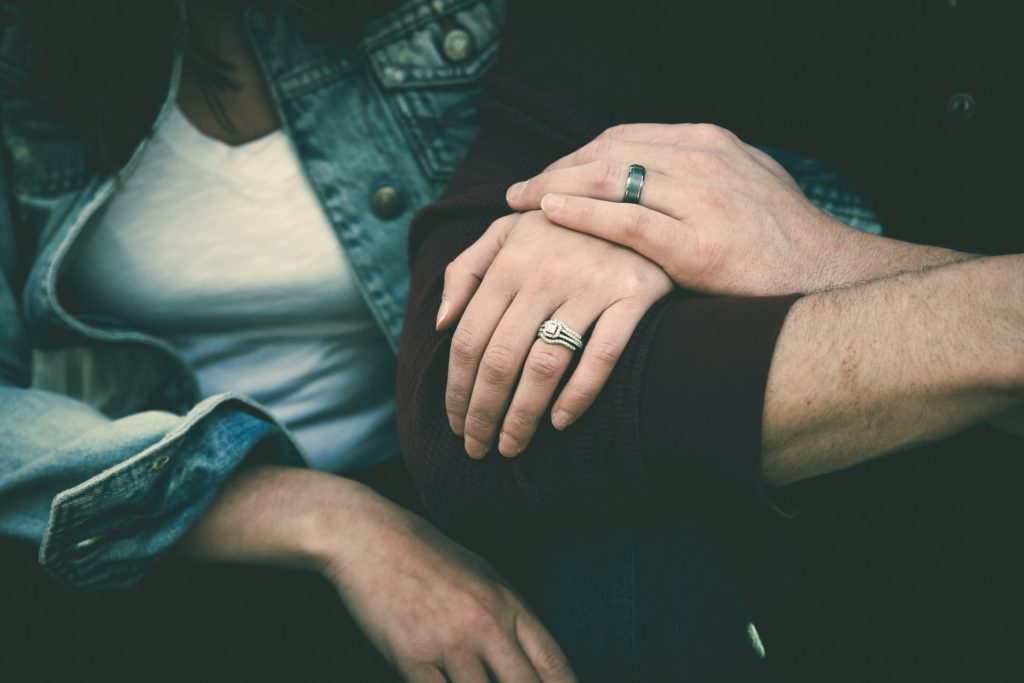
There has long been a cultural notion that men and women generally differ in how they express and create intimacy. I am sure you have heard something to the effect of: “men like doing and women like talking.”
Interestingly, these differences are actually seen even in the young. Whether we have culturally shaped our little ones into these gender roles or if it is down to genetics is a big debate.
Regardless, it seems that in America boys grow up knowing that doing and belonging in a group is the way to connect, and girls grow up knowing that supporting, caring and sharing is the route to being an insider.
While there are many contributors to a social formation that dictate how we view intimacy let us consider the impact of sex or porn addiction.
It has been widely stated that sexual addiction is a form of intimacy disorder. Struthers (2009) discusses at length how an attuned conscience finds guilt and shame when intruding upon someone’s sexuality in uninvited ways.
However, he also warns that a blinded conscience (either by choice or culture) becomes numb to the impact of intruding and breaking the boundaries of intimacy that are associated with sexuality (1).
The more exposure we experience, and the more commonplace the abuse of sexuality, the less regard we have for the proper place and development of intimacy. The lines get all confused, and intimacy can become fused with sex.
While there are gender differences that are commonly seen between male and female intimacy, the line here also becomes blurred when sexuality is abused.
We can, however, point to some general differences between men and women whose ability to create intimacy has been impacted by sexual addiction or compulsion:
Engaging People, Staying Isolated
Women tend to continue engaging people to form and find intimacy. Online engagement often isn’t satisfying to them, and sexual gratification isn’t as rewarding in this perceived isolation.
 Men, however, are more likely to find isolation a comfort to the shame that they experience because it generally isn’t accepted to consume and use porn or sexual materials in concert with others.
Men, however, are more likely to find isolation a comfort to the shame that they experience because it generally isn’t accepted to consume and use porn or sexual materials in concert with others.
Further, the emotional toll of sexuality can leave men feeling withdrawn and depressed; intimacy suffers but a small group is often clung to.
Women tend to find validation among others and maintain a wider circle.
Saying Yes, Saying No
Following from the point above the sense of needing others to validate, and finding solace with others can lead women to tend towards saying “yes”—be it to a sexual partner or a group of friends.
Females then are less likely to recognize overextending themselves or spreading their relational capital thin in the hopes of finding something impactful.
Men can tend to say “no” and holding themselves back to protect from exposure, embarrassment or simply because they don’t find relief or pleasure in communication and shared experience anymore. Intimacy for them has been reduced to sexual acts.
Over-sharing, Under-sharing
Given all that we have reviewed, it again follows that females can tend to over-share personal information, emotions, and needs, to elicit the intimacy, compassion, and care that they would like.
This sharing feels intimate but isn’t as it is often inappropriate and unreciprocated. This can be met by males from the other side who have learned to “do” and be “strong,” (a form of not being seen as weak) who under-share.
This creates a very lopsided relational standing where females can move towards excessively, and males hide away creating a painful and frustrating lack of intimacy.
At this point, I want to emphasize that all of these dynamics are generalized and can, of course, go the other way. No generalization aptly describes everyone. Some men and women will be quite the reverse of what is suggested here.
Creating Boundaries, Respecting Boundaries
Finally, personal boundaries are often hard for women who are seeking intimacy, and they are likely to put themselves in harm's way or be hurt by a perceived or actual rejection. An essential task is learning how and when to share an appropriate amount of the self.
Many women can be sexually taken advantage of in the hope of building intimacy with a man who esteems the physical.
This points towards a common pattern of males not respecting the boundaries of others and using them for their own ends, be it sexual or perceived intimacy.
The False Dichotomy
As mentioned, this distinction between men and women is crude and vague. There are real differences that arise, yet we must always recognize that a person’s individual experience will uniquely shape their response to building and inhibiting intimacy.
Better Than, Less Than
 A helpful way to finally conceptualize the problems of intimacy that many face is if they have learned to consider themselves “better than” or “less than” others in importance, worth, sexual aptitude and many more areas (2).
A helpful way to finally conceptualize the problems of intimacy that many face is if they have learned to consider themselves “better than” or “less than” others in importance, worth, sexual aptitude and many more areas (2).
Whether a person feels entitled or diminished will set the stage for how they approach others in regards to intimacy.
Sadly, I would suggest that due to culture and many factors men tend toward “better” and women tend towards “less.”
I encourage you to consider how you perceive yourself and the challenges towards healthy intimacy that you face.
 About the author: Paul Loosemore, MA PLPC, author of “21 Movements Towards Life” – The step-by-step guide to recovering from sexual addiction or pornography. Paul works as a mental health counselor, and consults with those who wish to recover from Sexual Addiction—both individuals and couples. He is the founder of www.stopsexualaddiction.com where you can find his guide, or contact him.
About the author: Paul Loosemore, MA PLPC, author of “21 Movements Towards Life” – The step-by-step guide to recovering from sexual addiction or pornography. Paul works as a mental health counselor, and consults with those who wish to recover from Sexual Addiction—both individuals and couples. He is the founder of www.stopsexualaddiction.com where you can find his guide, or contact him.
References:
(1) Struthers, W. M. (2009). Wired for intimacy: how pornography hijacks the male brain. Downers Grove, IL: IVP Books.
(2) Mellody, P., & Freundlich, L. S. (2004). The intimacy factor: the ground rules for overcoming the obstacles to truth, respect, and lasting love. New York: HarperOne.
The opinions and views of our guest contributors are shared to provide a broad perspective of addictions. These are not necessarily the views of Addiction Hope, but an effort to offer discussion of various issues by different concerned individuals.
We at Addiction Hope understand that addictions result from a combination of environmental and genetic factors. If you or a loved one are suffering from an addiction, please know that there is hope for you, and seek immediate professional help.
Published on October 6, 2017
Reviewed By: Jacquelyn Ekern, MS, LPC on October 6, 2017.
Published on AddictionHope.com
